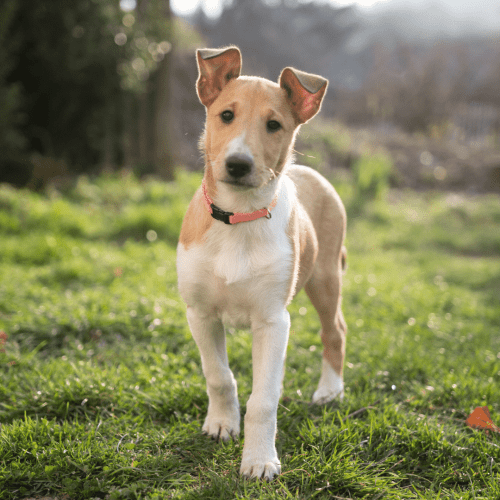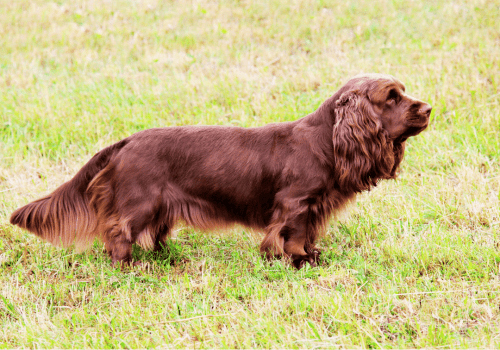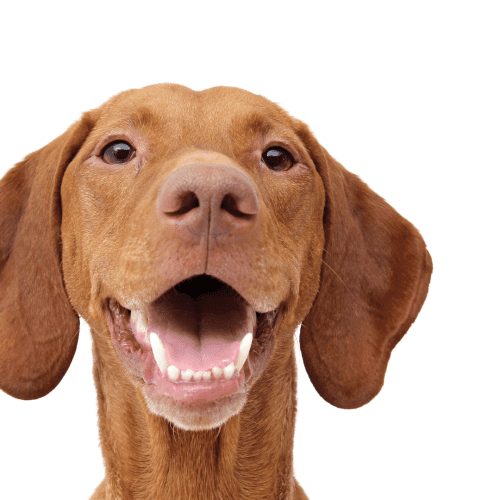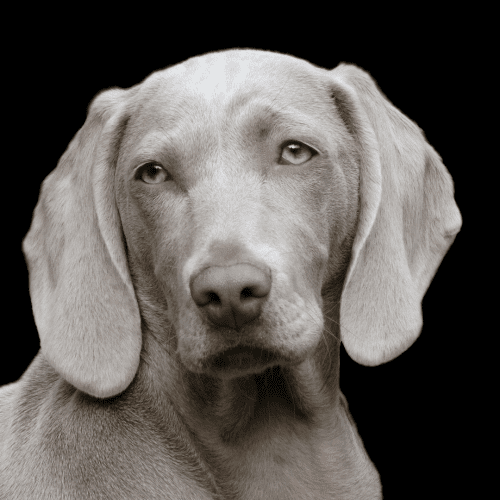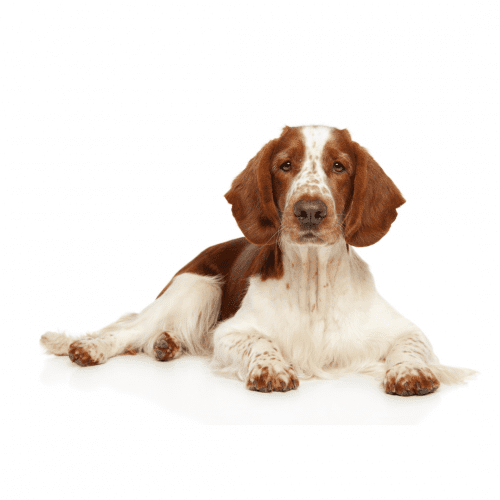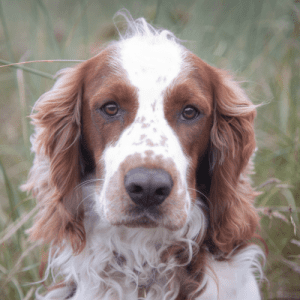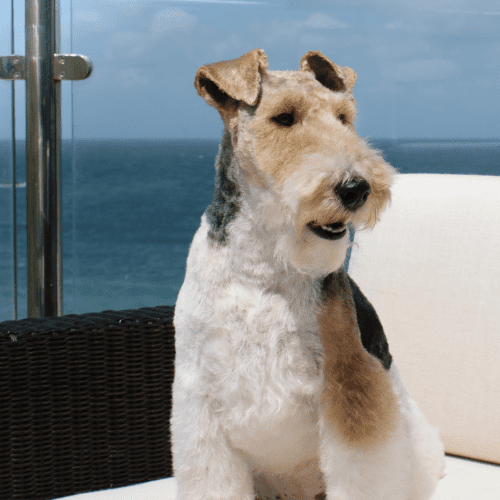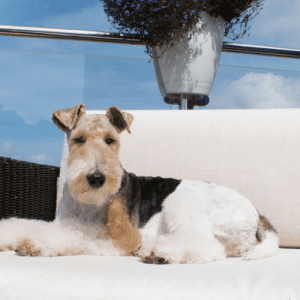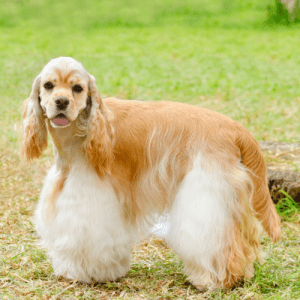
What Is The History Of The American Cocker Spaniel Breed?
The American Cocker Spaniel is a breed of dog that was developed in the United States. The breed is descended from the English Cocker Spaniel, and it was originally bred to be a hunting dog. The American Cocker Spaniel is the smallest of the spaniels, and it is known for its long, silky coat. The breed is also known for its friendly and outgoing personality.
The American Cocker Spaniel was first recognized as a distinct breed in 1878, and the first American Cocker Spaniel club was founded in 1881. The breed became very popular in the United States in the early 1900s, and it remains one of the most popular breeds in the country today. There are two varieties of the American Cocker Spaniel, the English Cocker Spaniel and the American Cocker Spaniel. The English Cocker Spaniel is the larger of the two, and it has a shorter coat. The American Cocker Spaniel has a longer coat and is smaller than the English Cocker Spaniel.
The American Cocker Spaniel is a popular pet, and it is also used in hunting, agility, and obedience competitions. The breed is recognized by the American Kennel Club, the United Kennel Club, and the Canadian Kennel Club.
What Does An American Cocker Spaniel Look like?
Most American Cocker Spaniels have a coat of fur that is either black, tri-color, tan, brown, white and buff, silver, or red in color. The length of their fur can vary, but is typically on the shorter side. They have a thick coat that is water-resistant, which helps protect them from the elements. This breed does not require a lot of grooming, but their fur should be brushed regularly to avoid matting.
How Big Is An Adult American Cocker Spaniel?
The average size of an adult male American Cocker Spaniel is about 15 inches tall at the shoulder, while the average size of an adult female is about 14 inches tall at the shoulder. However, there is quite a bit of variation in size within the breed, so some individuals may be significantly larger or smaller than these averages. Males typically weigh between 15 and 31 pounds, while females typically weigh between 15 and 31 pounds. Again, there is some variation within the breed, so some individuals may fall outside of these weight ranges. Overall, American Cocker Spaniels are relatively small dogs.
Are There Other Dog Breeds Related To The American Cocker Spaniel ?
Yes, there are other dog breeds that are related to the American Cocker Spaniel. Some of these include the English Cocker Spaniel, the Welsh Cocker Spaniel, and the Sussex Spaniel. All of these breeds share similarities with the American Cocker Spaniel, including their physical appearance and their temperament.
What Is The Life Expectancy Of A American Cocker Spaniel?
The life expectancy of an American Cocker Spaniel is about 12 years. However, this number can vary depending on the individual dog’s lifestyle and health. Some dogs may live for a shorter time if they are not well cared for, while others may live much longer if they are healthy and have a good quality of life. Ultimately, it is important to provide your American Cocker Spaniel with the best possible care in order to help them live a long and happy life.
Can An American Cocker Spaniel Be Trained?
An American Cocker Spaniel can be trained to do a variety of things, including fetching, obedience, and tricks. With patience and consistency, most American Cocker Spaniels can learn basic commands and tricks. More advanced training may require the help of a professional dog trainer. However, many American Cocker Spaniels enjoy learning new things and will excel with proper training.
What Are Some Interesting Facts About An American Cocker Spaniel?
- The American Cocker Spaniel is the smallest member of the Sporting group according to the AKC.
- They are known for their dense, silky coats which come in a variety of colors and patterns.
- Cockers were originally bred as hunting dogs in England, and were brought to America in the 1800s.
- The breed became popular in America during the early 1900s, and has been one of the most popular breeds in the country ever since.
- American Cocker Spaniels are intelligent, playful, and affectionate dogs that make great family pets.
How Does An American Cocker Spaniel Interact With People?
The American Cocker Spainiel is a very friendly and affectionate breed of dog. They love being around people and crave attention and human interaction. They are gentle, playful dogs that make great companions. They are also very intelligent and trainable dogs. American Cocker Spaniels do well in homes with children and other pets. They are a loyal and loving breed of dog that will form strong bonds with their human families.
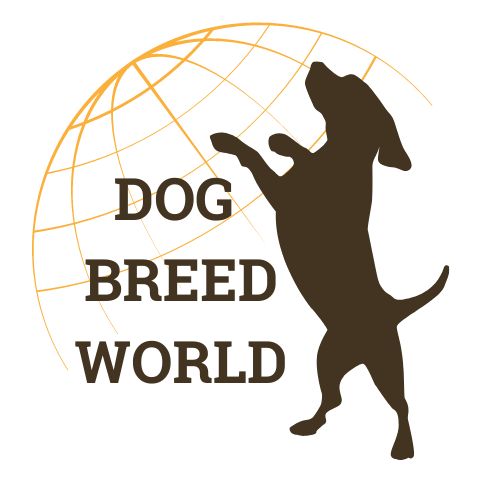

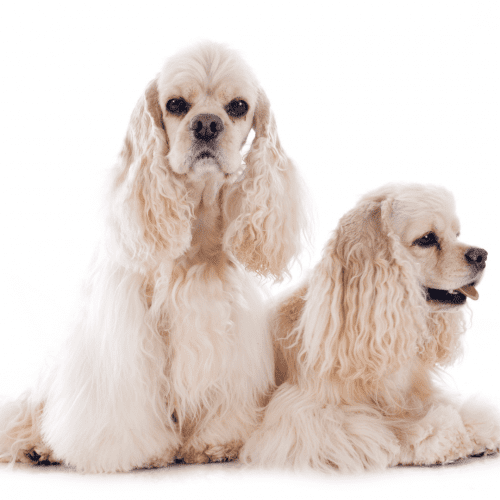
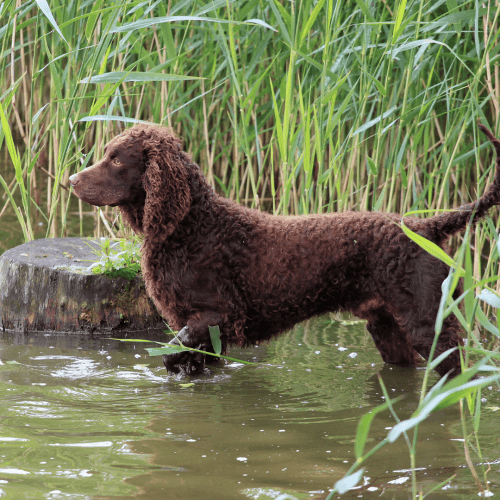
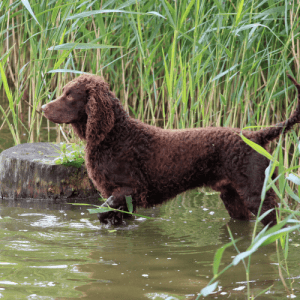
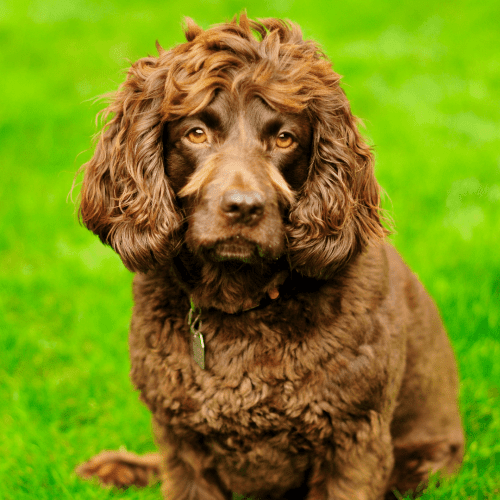
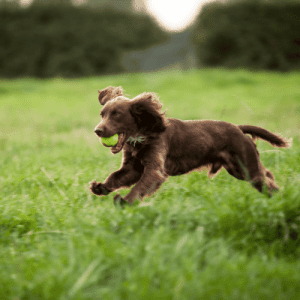
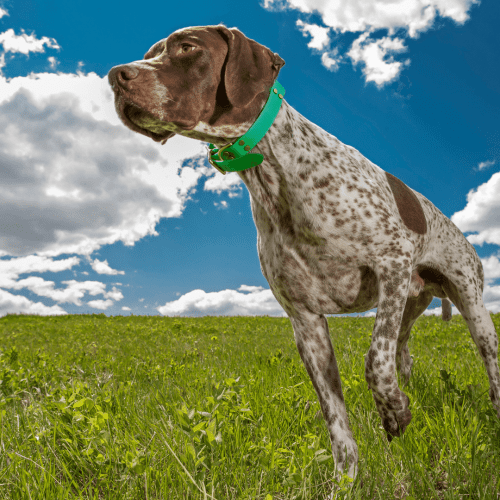
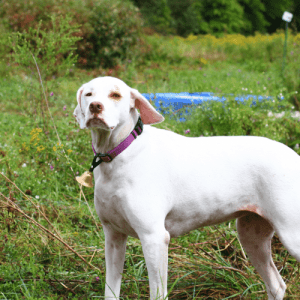
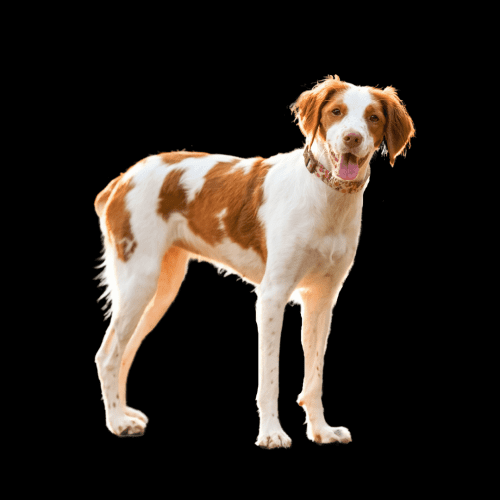
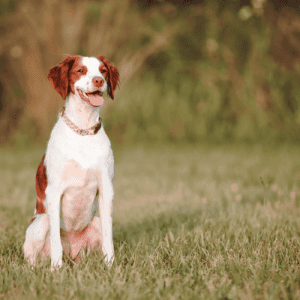
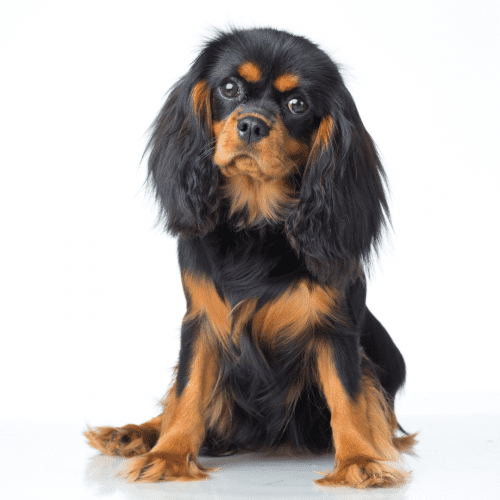
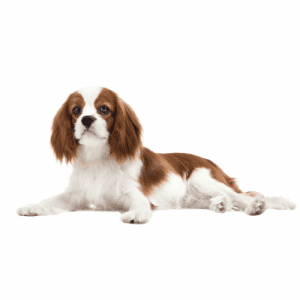
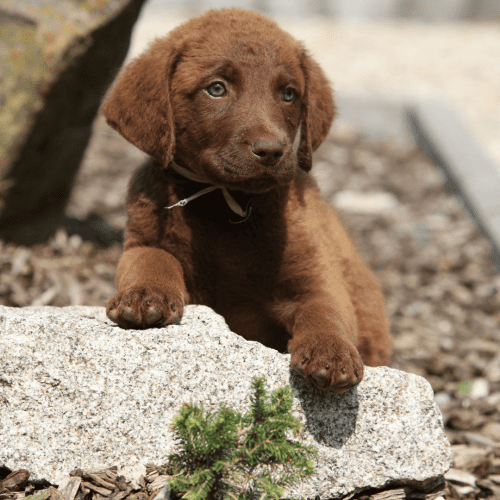
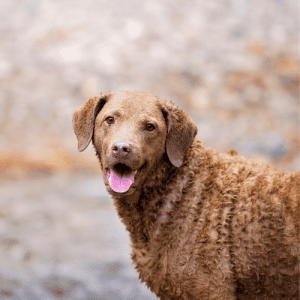
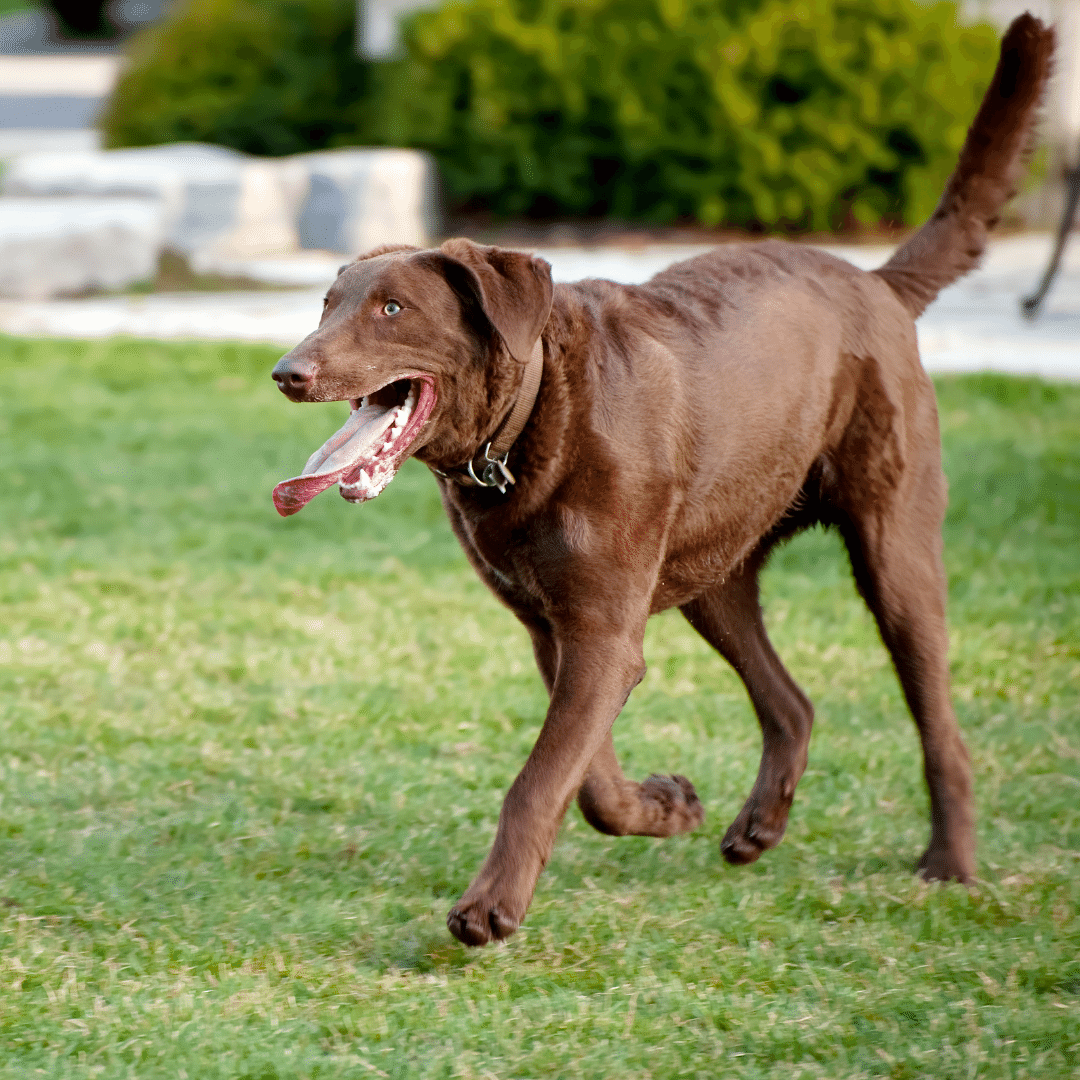
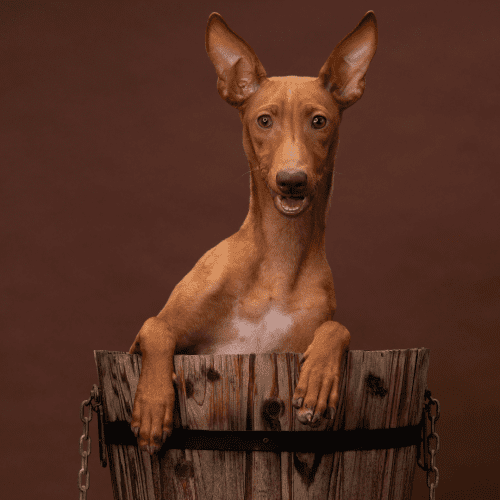
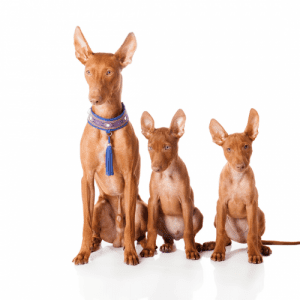
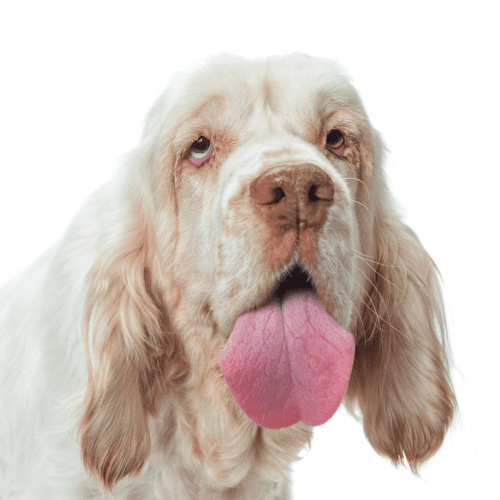
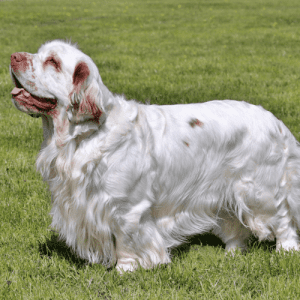
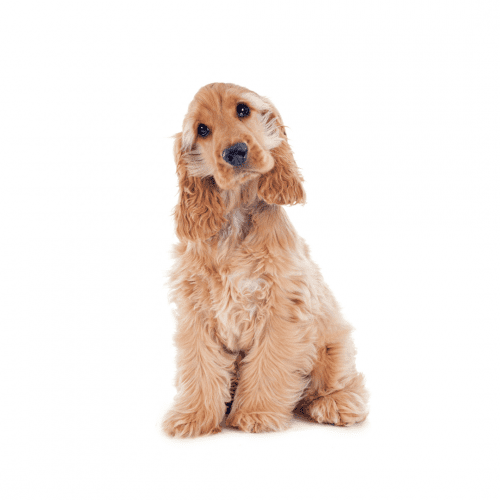

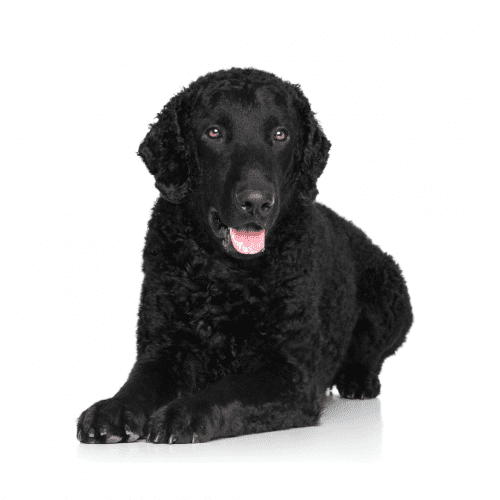
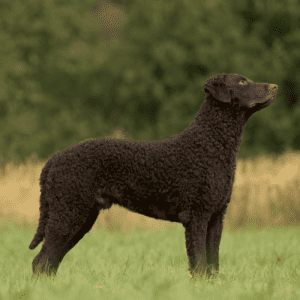
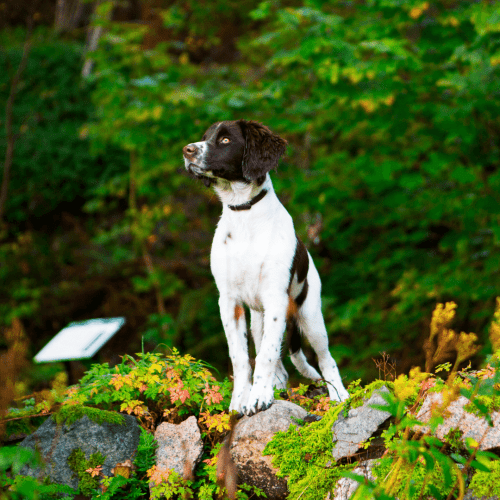
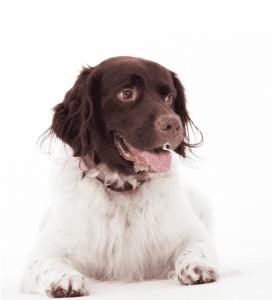
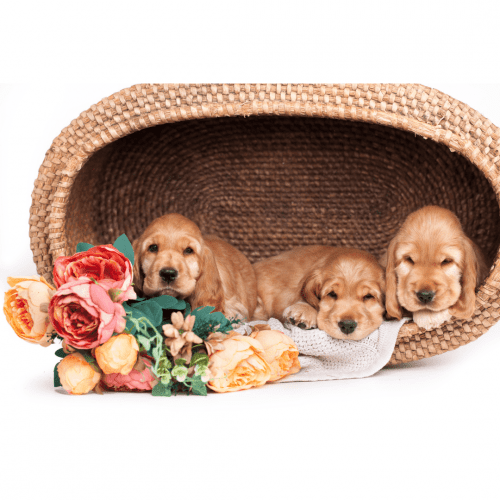
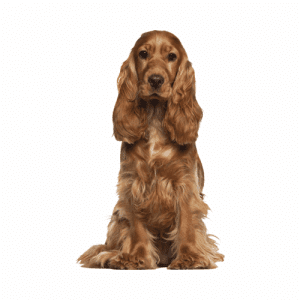
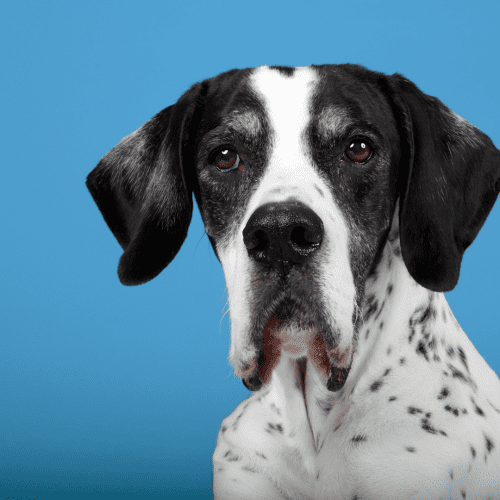

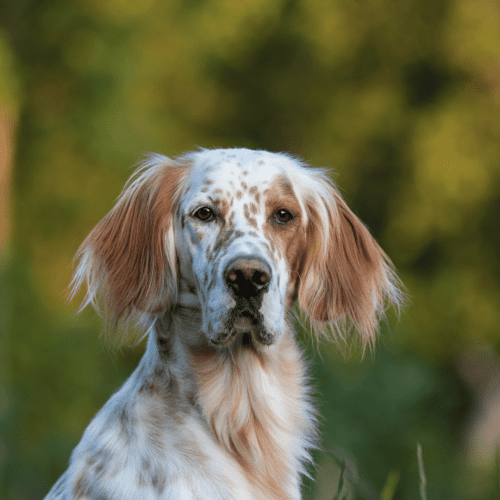

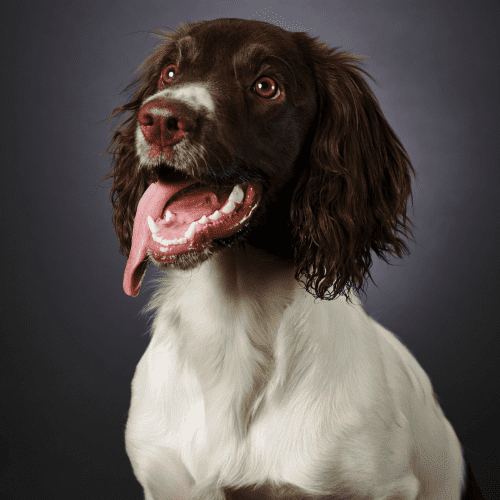

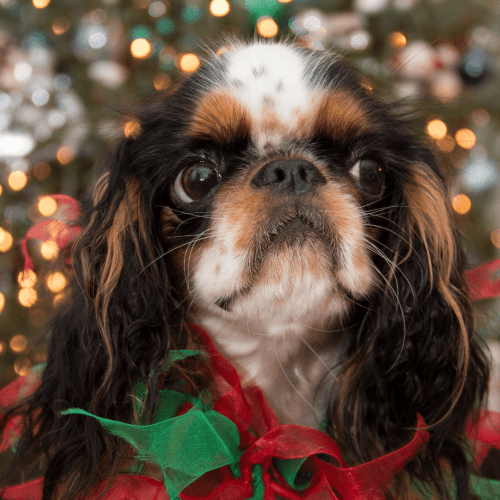
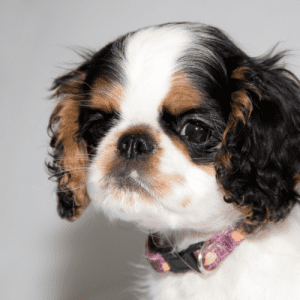
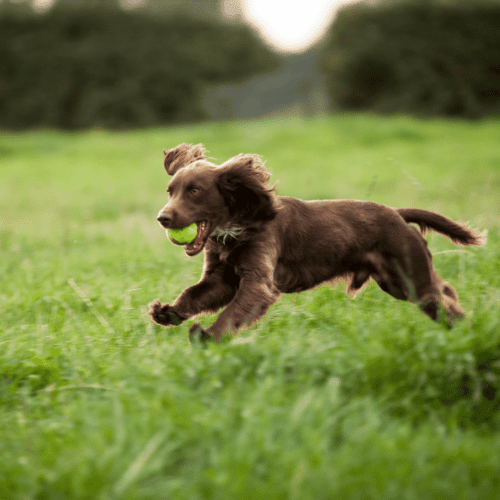

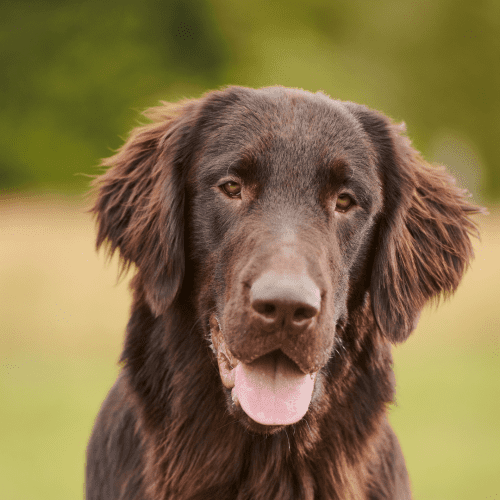
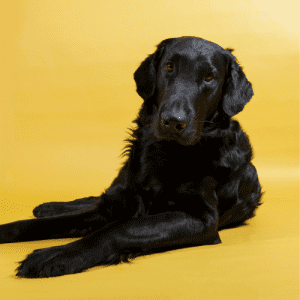
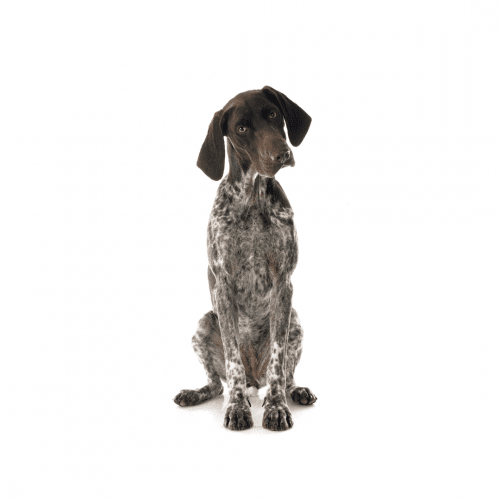
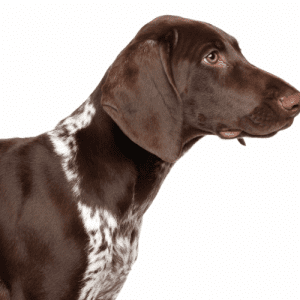
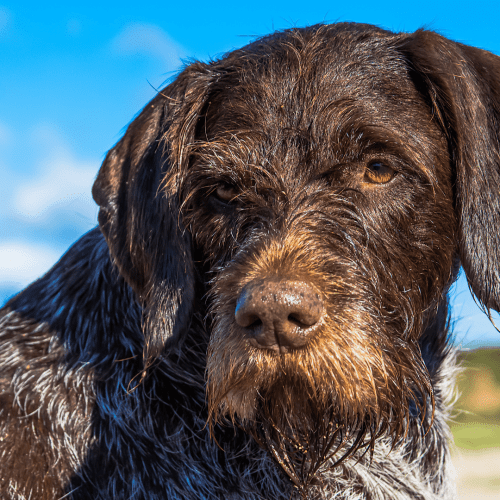
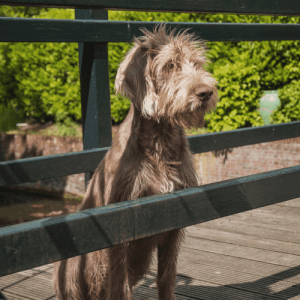
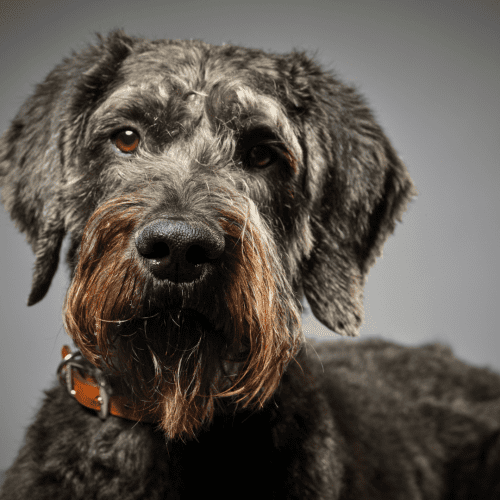

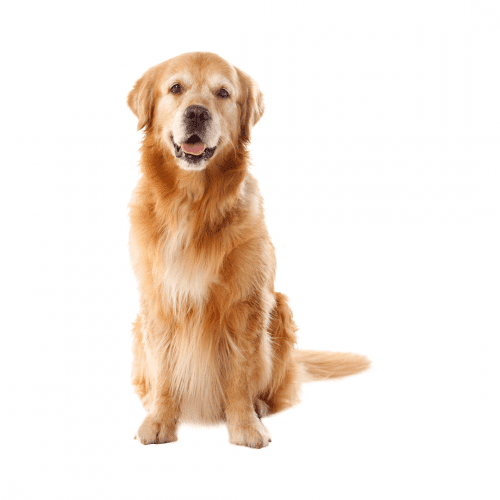

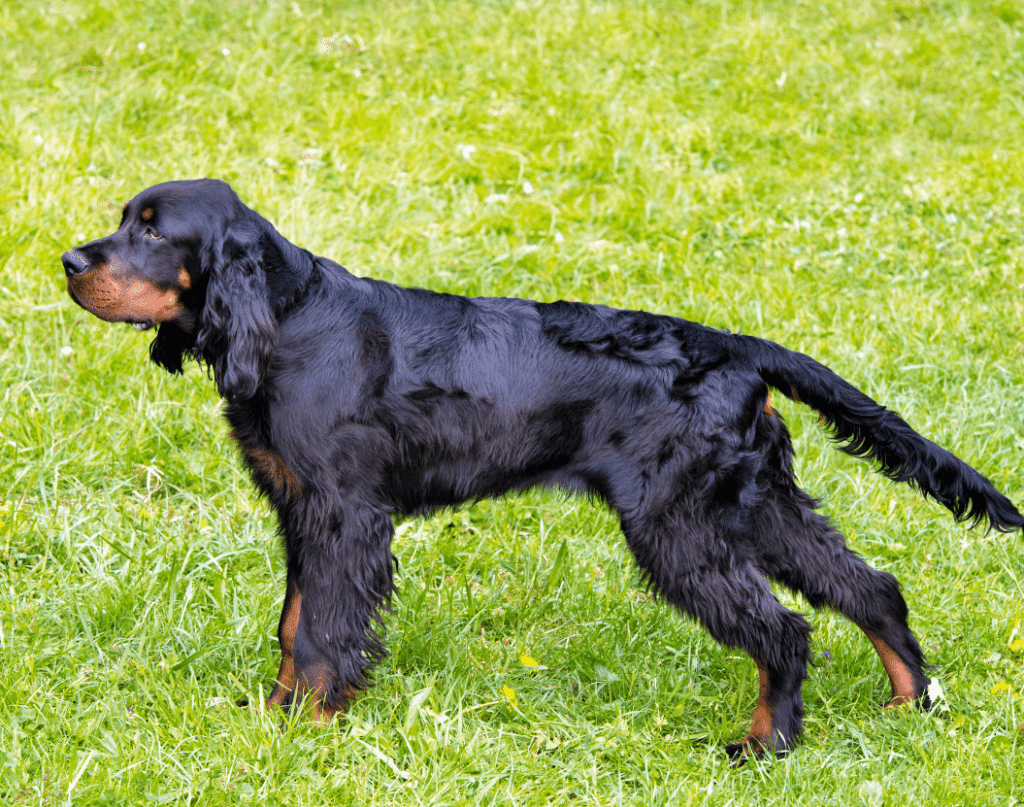

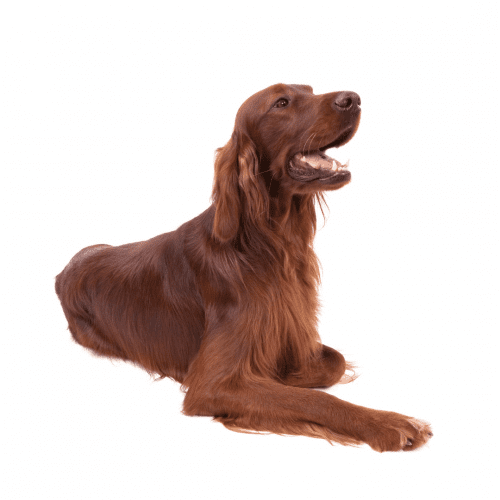

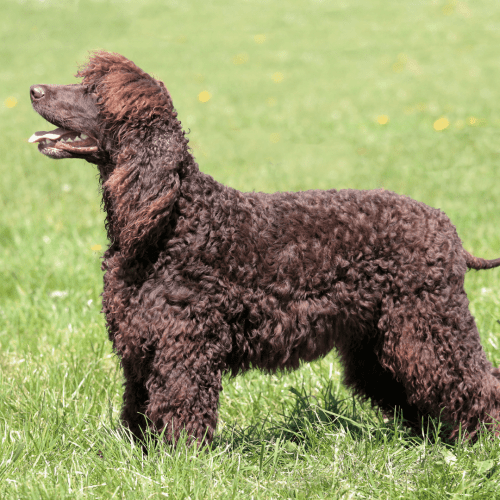
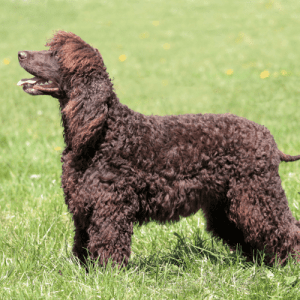
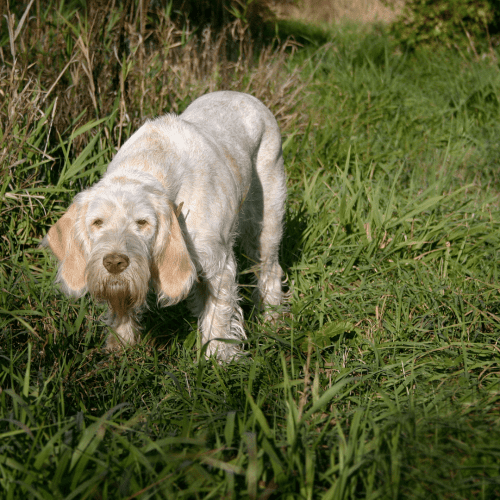

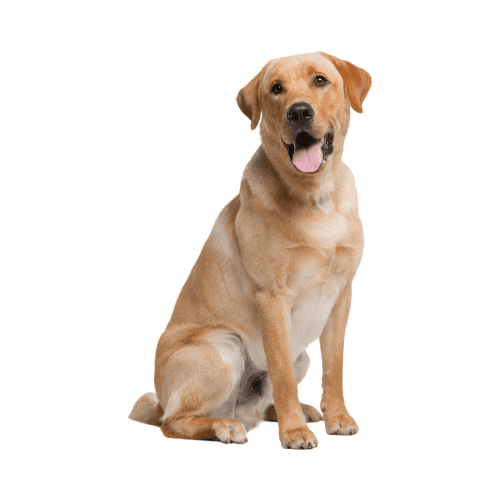

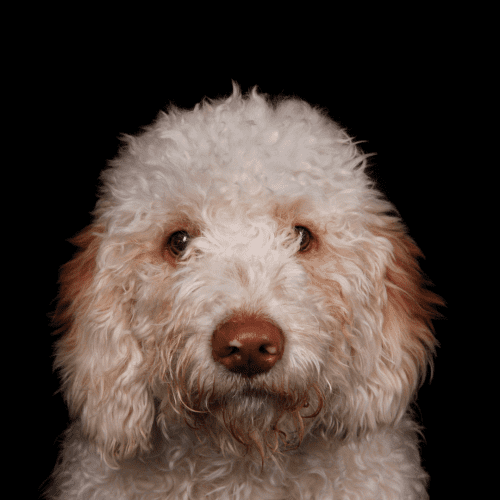

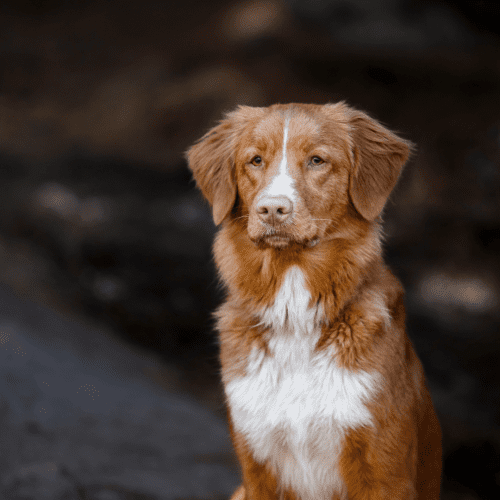
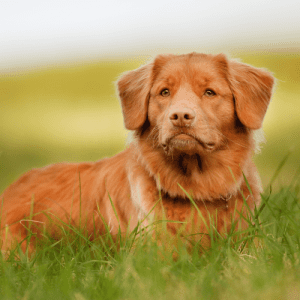
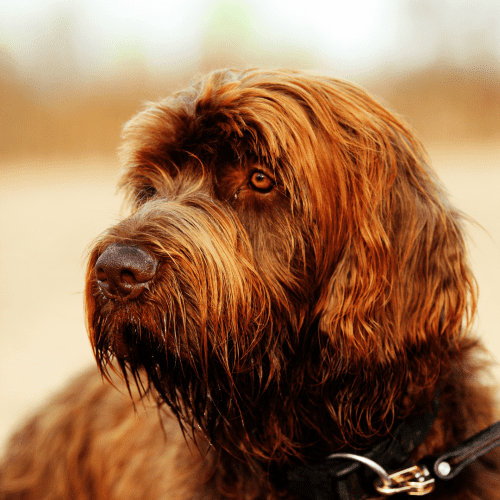

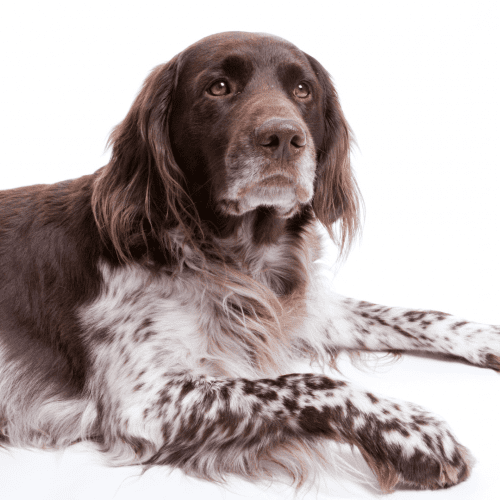
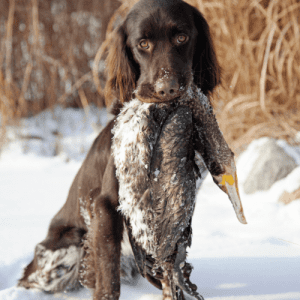 What Is The History Of The Small Munsterlander Dog Breed?
What Is The History Of The Small Munsterlander Dog Breed?